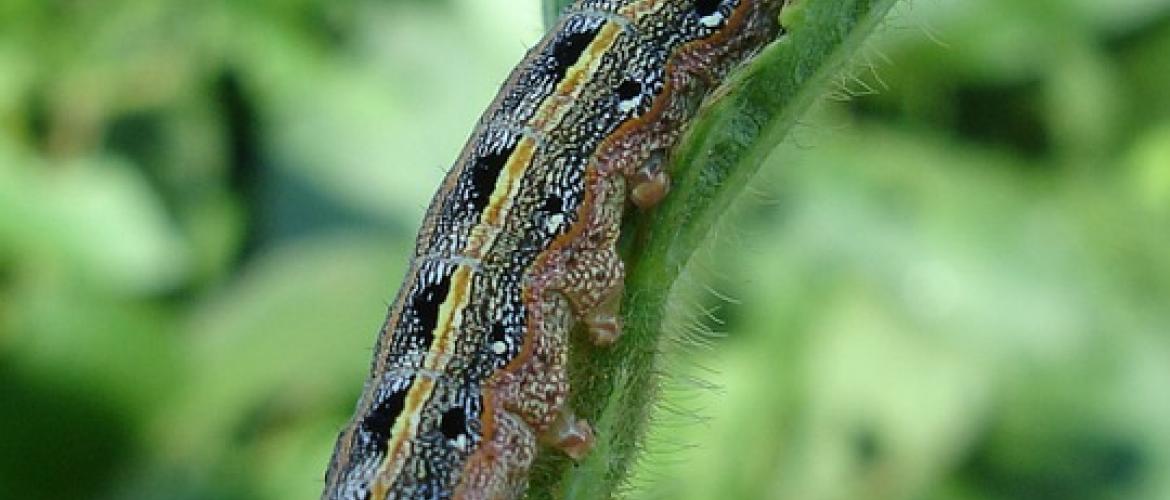China’s food woes
May 27, 2019 | Expert Insights

Background
China is the second largest economy in the world after the USA, and as a hub for the manufacturing industry, it is the fastest growing economy. Certain forecasts estimate that China’s GDP growth will overtake America’s GDP in another ten years after posting economic growth of over 10% for 30 years. In recent years, China’s growth has come at the cost of increased debt. According to researchers, its debt is more than 250% of its GDP, much higher than that of the US. Experts have said that if China’s trajectory continues, then it may be looking at an economic slump soon.
During the Chinese Year of the Pig (2019), China, the world’s largest consumer of pork and home to over half the world’s pigs, has struggled to contain the spread of the Asian Swine Flu virus. Of China’s 430 million hogs, over one million have been culled.
US President Donald Trump has been a vocal critic of China. He blamed the country for loss of jobs within the US and has often criticised the US trade deficit with China. Both sides have launched a trade war, causing concern about the global economy.
Analysis
China has warned its 300 million farmers to prepare for larval infestations of the fall armyworm. The crop-eating pest has already devastated harvests in Africa after spreading from the Americas in 2016. First detected in China in January 2019, the worm has since been discovered in 13 Chinese provinces south of the Yangtze River. The Ministry of Agriculture and Rural Affairs says that 72,000 hectares of farmland have already been affected, with corn and sugar cane being particularly affected.
The larva of a fall armyworm feeds in large numbers on plant species like sorghum, corn and sugarcane, damaging hundreds of acres overnight. The worm can feed on about 180 different types of crops. As the pest originates from the Americas, where it is prevalent from Southern Argentina to Northern Canada, it has no natural predators in China. Natural predators known to feed on armyworm larva include varieties of wasps, ladybugs and birds. However, given the relatively new introduction of the pest to China, predators present in the country are unsuitable as pest control. It is unlikely Chinese authorities would seek to introduce another alien species to control the outbreak.
A professor of Entomology at the Nanjing Agricultural University expects the pest to spread to the north and northeastern regions of the country, vastly expanding the potential for damage. The professor warned that China might face food shortages if the infestation spreads north of the Yangtze River
The US Department of Agriculture’s Foreign Agricultural Service said in a recent report that the larva is expected to spread across all of the country’s grain production over the next 12 months. It is likely to affect the output and quality of crops such as corn, rice, wheat, sugarcane, cotton and soybeans the report found. The report claims that 92,000 hectares of farmland have already been affected.
China’s agriculture ministry has predicted a rise in the shortfall between domestic corn output and consumption; this deficit has increased from 11 million tonnes a year to 28 million tonnes per year.
China’s food security is under significant pressure from increased tariffs from the trade war with the US. Chinese authorities. In retaliation for tariffs levied by the US, China imposed duties that restrict the purchase of American agriculture products, including pork, soybeans and corn. These tariffs virtually eliminate the ability to import from the US to make up for the shortfall. The report published by the US Department of Agriculture shows that American authorities are aware of China’s food security difficulties, using it as a tool in their trade war.
Chinese authorities have indicated a desire to expand the amount of land used to grow certain crops to reduce the country’s reliance on imports after the start of the trade war. They set aside an additional 330,000 hectares to grow soybeans and other oilseeds. The yield from this is likely to take a hit as the country struggles to contain the armyworm epidemic.
Assessment
Our assessment is that China’s food security is in a precarious position considering that the nation’s most consumed food products, including pork, corn and soybeans, are all affected by various epidemics. Besides natural pressures, China’s engagement in a trade war with the world’s largest economic power - the US, places the nation in an awkward position in terms of negotiating power and financial repercussion. We believe that the greatest threat to China’s stability is from its population, who may adversely react to increasing producer price inflations (PPI) and consumer price inflations (CPI). We will be carefully watching for reports by China’s National Bureau of Statistics (NBS) that indicates economic stress. This is likely to have consequences both on the international stage in trade war deliberations and on the national stage where food security will be affected.








Comments